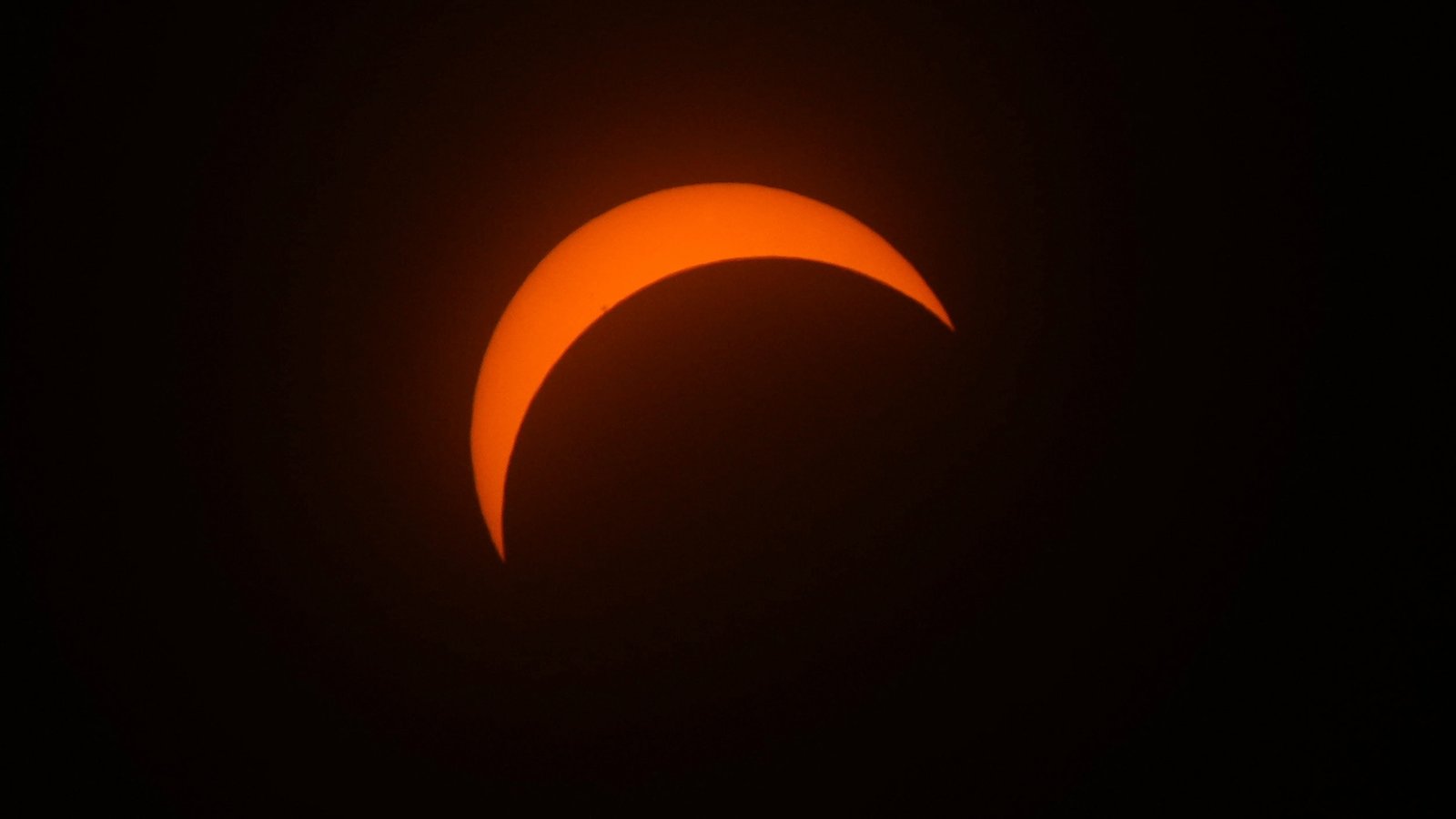In a groundbreaking discovery, astronomers have identified the oldest known reference to a solar eclipse in a 6,000-year-old Hindu text. The ancient Indian manuscript, believed to have been written around 4000 BCE, contains detailed descriptions of a solar eclipse that occurred during this period. This discovery is significant not only because of its age but also because it offers new insights into the scientific knowledge of ancient civilizations.
The text, written in ancient Sanskrit, describes the eclipse in striking detail, noting its duration, the phase of the moon, and its impact on local communities. The precision with which the eclipse was documented suggests that ancient Indian astronomers had a deep understanding of celestial events, long before the development of modern scientific tools and methods.
This discovery adds to a growing body of evidence that ancient civilizations had a more sophisticated knowledge of astronomy than previously thought. It also underscores the importance of preserving historical texts and artifacts, as they continue to provide valuable insights into humanity’s intellectual and cultural development.
In addition to its scientific significance, the solar eclipse reference has cultural and religious implications. Solar and lunar eclipses have long been regarded as important omens in Hinduism, often associated with mythological stories involving gods and demons. The discovery of this ancient text offers new perspectives on the role of celestial events in shaping religious and cultural beliefs.
Researchers are now working to translate other sections of the text, hoping to uncover additional references to astronomical phenomena and further enhance our understanding of ancient Indian science. This discovery marks a major milestone in both the study of ancient history and the field of astronomy












Leave a Reply